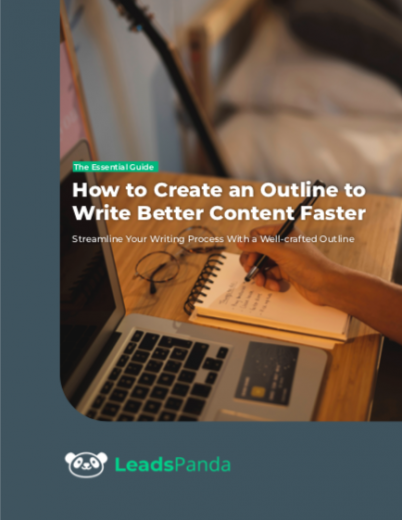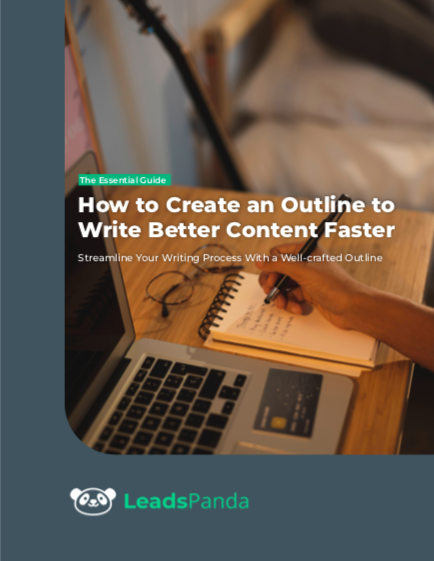Introduction
What Is an Outline in Writing?
An outline in writing is a structured framework that helps the writer organize and plan the flow of ideas, arguments, or content before they start the actual writing process.
It serves as a roadmap, allowing them to arrange and prioritize their thoughts, ensuring a logical and complete progression of information. An outline typically consists of headings and subheadings that define the main ideas and supporting details to be included in the piece of writing.
Why Create a Content Outline?
Creating a content outline offers several advantages. First, it provides a clear structure for the content, making it easier to develop a cohesive and well-organized piece. It helps ensure that all relevant points are covered and prevents important information from being overlooked.
Additionally, an outline saves time by allowing the writer to plan ahead and create a framework for their writing, reducing the risk of going off track or struggling with writer’s block. By having a content outline, writers can maintain focus, improve the quality of their writing, and deliver information in a logical and engaging manner.
Chapter 1: Outline Structure: What Format Should You Use for Your Outline?
The format of a content outline can vary depending on personal preference and the specific requirements of the project. However, a commonly used format for a content outline is a combination of headings and subheadings.
Here is an example of a content outline format:
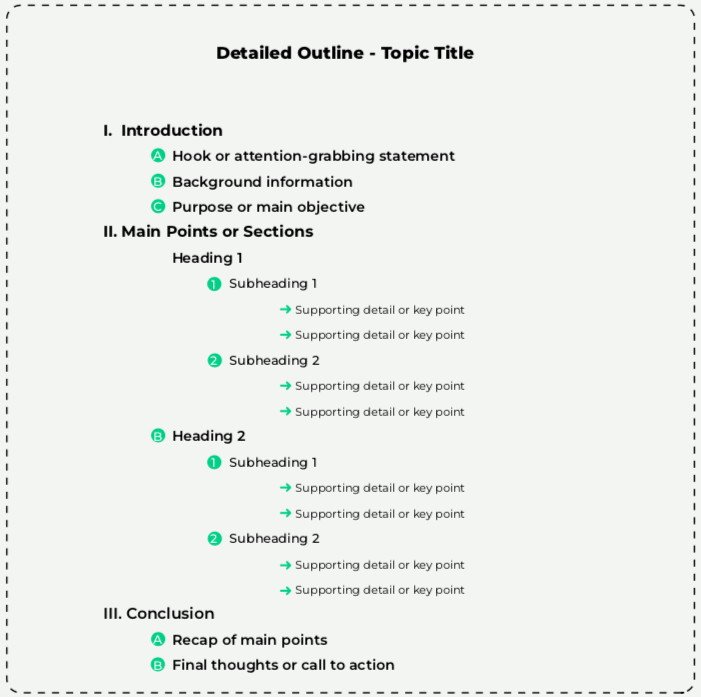
This format allows for a clear and organized structure, with main points represented by Roman numerals and subheadings and supporting details indented underneath. It helps maintain focus and ensures that all important content is included and presented in a logical order.
Chapter 2: The 5 Top Benefits of Creating an Outline for Your Content
1. Organization and Structure
An outline helps you organize your ideas and ensure they flow logically. It allows you to structure your content in a cohesive and coherent manner so readers can easily follow along and understand the main points.
2. Efficiency and Productivity
Creating an outline saves time and enhances writing efficiency. A clear outline acts as a roadmap, guiding you through the writing process and preventing you from getting stuck or going off track. It helps maintain focus and allows you to write more effectively and efficiently.
3. Improved Content Quality
A well-structured outline ensures that all the relevant information is included and that the main ideas are fully developed and supported. It helps you avoid repetition, identify any gaps in your content, and ensure that you provide a comprehensive and well-rounded piece of writing.
4. SEO Optimization
Outlining your content can help optimize it for search engines. Blogs and pages that are placed after the first page of a Google search are unlikely to ever be seen by its target audience organically. By planning and structuring key sections, headings, and important points in the outline, you can strategically incorporate relevant keywords and information, increasing the chances of your content ranking higher in search engine results.
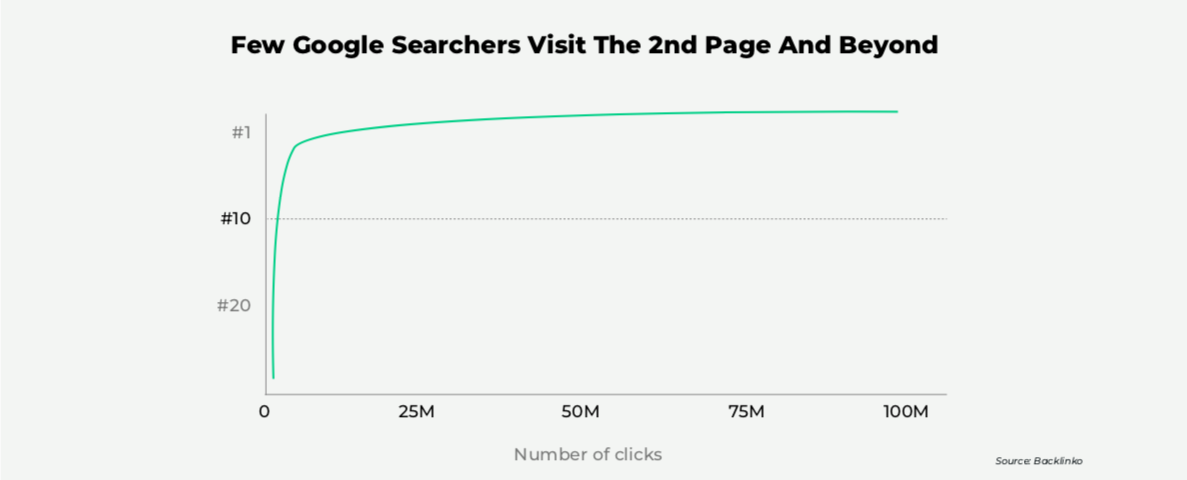 Backlinko found that page ranking (#) had a deep impact on the number of clicks
Backlinko found that page ranking (#) had a deep impact on the number of clicks
5. Clarity and Readability
An outline provides a clear structure and roadmap for your content, making it easier for readers to navigate and understand. It helps break down complex topics into manageable sections, ensuring that your content is coherent and easily digestible.
Chapter 3: 8 Steps to Create a Perfect Outline
Step 1: Determine Your Working Title
Your title should always do two things — it should capture the reader’s attention and it should give the reader a clear idea of the topic you will be addressing in your post. Vague titles are often ignored or can frustrate readers when the blog post turns out to be different than they expected.
Step 2: Determine Your Keywords
A study from HubSpot showed that 88% of businesses that currently use SEO plan to increase investment in it over the next year. This means that any article that is not optimized for using the most relevant and effective keywords is more likely to get buried by other blogs that follow modern SEO principles.
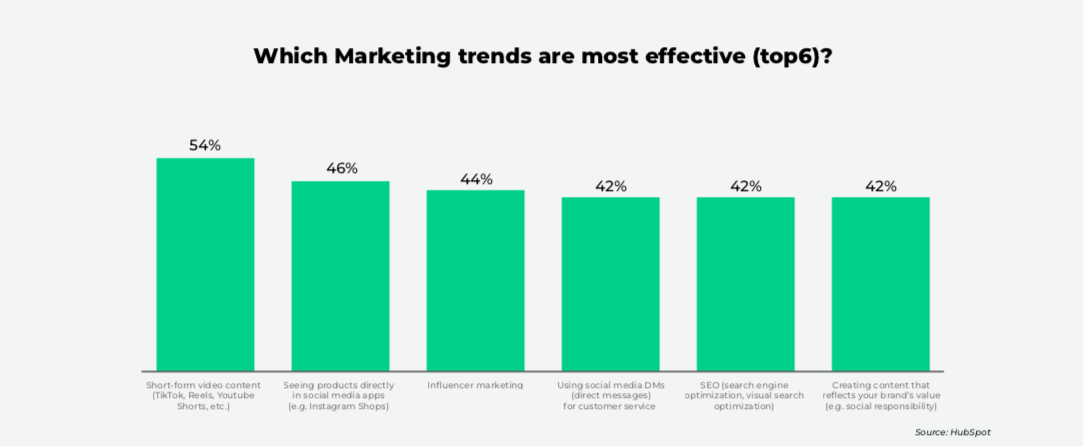
Step 3: Make a List of Key Takeaways
You want your blog post to remain relevant and on-topic, so you should have a clear idea of the key takeaways you want your readers to have. These key takeaways will help to guide your outline and prevent you from adding unnecessary information that could distract your content team or your reader.
Step 4: Organize Your Takeaways in Broader Categories
Once you have your key takeaways, organize them into relatively broad categories. These categories can act as sections within a blog post and give your content the structure and flow it needs to be compelling for your readers.
Step 5: Add More Takeaways as Needed
Your categories don’t have to be static. Your outline and blog post will evolve and you should keep an open mind and consider adding or removing less-effective points where necessary.
Step 6: Add CTAs
If your content is compelling, you should give your readers the opportunity to ask for more information or begin a relationship with the brand with the use of a call to action. According to databox, the majority of businesses that use CTAs on their blog posts should expect to see a 2–5% click through rate. You can experiment with different CTAs and choose the ones that provide the best results for your business.
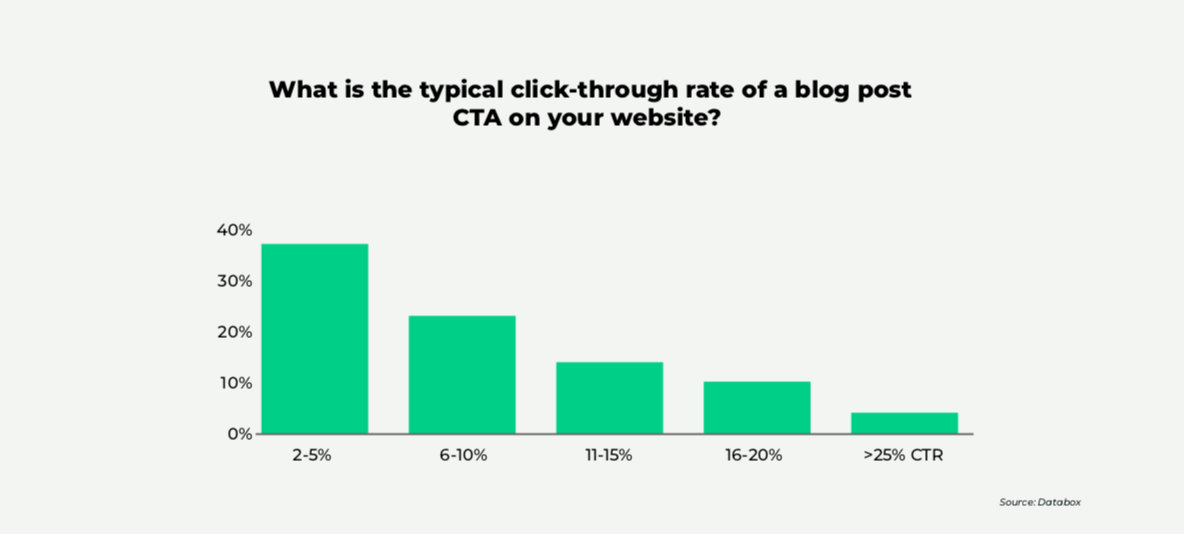
Step 7: Revise
Outlines are usually sent to multiple stakeholders for feedback or approval. These stakeholders can be editors, legal teams, marketing teams, or others. Take note of all their comments and feedback and address them before the outline is finalized and content production begins.
Step 8: Include Supporting Details
There are several reasons it’s crucial to include supporting details such as references, sources, examples, and data in a blog outline. These details add credibility and authority to the content. When you include references and sources, readers can verify the information presented and trust the content to be accurate and well-researched.
Additionally, examples help to illustrate your main points and make them more relatable and understandable to the audience. Providing real-life situations or scenarios can engage readers and bring concepts to life.
Get the latest growth ideas, strategies, and best practices delivered to your inbox.
Quick read that helps 7000+ subscribers.
Chapter 4: FAQs
-
When Should You Use an Outline?
A blog outline should be used in various situations to enhance the writing process and ensure the piece is well structured. It has several benefits:
-
- provides a roadmap for organizing thoughts
- prevents writer’s block by offering clear structure and direction
- aids collaboration with editors and clients
- promotes consistency in content and style
Whether you’re starting a new blog post, struggling with organization, or working with a team, using a blog outline can greatly benefit in creating well-crafted and engaging content.
-
What Are the Parts of an Outline?
A blog outline typically consists of several sections that help organize and structure the content of the blog post. Here are the common parts of a blog outline:
Introduction: This section provides an overview of the topic and grabs the reader’s attention. It may include an interesting fact, a question, or a brief anecdote related to the blog post topic.
Main Points: These are the key ideas or arguments that you want to convey to your readers. Each main point should have its own subsection within the outline.
Subpoints: Subpoints further elaborate on the main points by providing supporting information, examples, or data. They help strengthen your arguments and provide a comprehensive understanding of the topic.
Conclusion: The conclusion summarizes the main points discussed in the blog post and reinforces the key takeaways for the readers. It may also include a call to action or a thought-provoking statement to encourage engagement.
-
How Long Should Your Outline Be?
The length of a blog outline can vary depending on the complexity of the blog post and personal preference. In general, it should be concise and capture the main ideas and structure of the content. Some outlines may consist of a few bullet points for a simple blog post, while others may include more detailed subheadings and supporting details.
It’s important to strike a balance between having enough detail to guide your writing and not getting too overwhelmed with an excessively long outline. As a general guideline, aim for a clear and well-structured outline that effectively communicates the main points and key arguments of your content.
Have a Clear Path Forward With a Well-Written Outline
Blog outlines play a crucial role in the success of any blog post. They provide structure, organization, and clarity, allowing both the writer and the reader to navigate the content effectively.
By creating a well-considered outline, bloggers can ensure that their ideas flow logically, their message is conveyed effectively, and their content is engaging and easy to read. Blog outlines bring focus, eliminate writer’s block, and save time in the writing process. They serve as a roadmap for the writer and a guide for the reader, enhancing the overall quality and impact of the blog post.
So, whether you are a new or experienced blogger, don’t underestimate the power of a well-crafted outline—it’s an invaluable tool that can elevate your writing and make your blog posts truly shine.
LeadsPanda Has the Expertise to Help You Meet Your Goals
With our blog and content marketing expertise, LeadsPanda offers insights and strategies for creating high-performing blog content. Here are some ways LeadsPanda can assist you in improving your blog outlines:
Step-By-Step Process: LeadsPanda maps out your content calendar and ensures consistent quality. This process can help you organize your thoughts and create a structured outline for your blog posts.
Content Suggestions: LeadsPanda offers a variety of blog post ideas and topics that can help you build a diverse and engaging content stash. These suggestions can inspire your outline and ensure you cover a range of relevant topics in your blog.
Optimization Strategies: LeadsPanda emphasizes the importance of documenting your content strategy and outlining all the forms of content you want to produce. By planning your content in advance and outlining different types of posts, you can ensure a consistent and well-rounded approach to your blog writing.
Find out how LeadsPanda can help you with your content needs.
